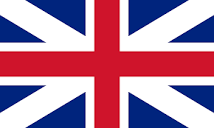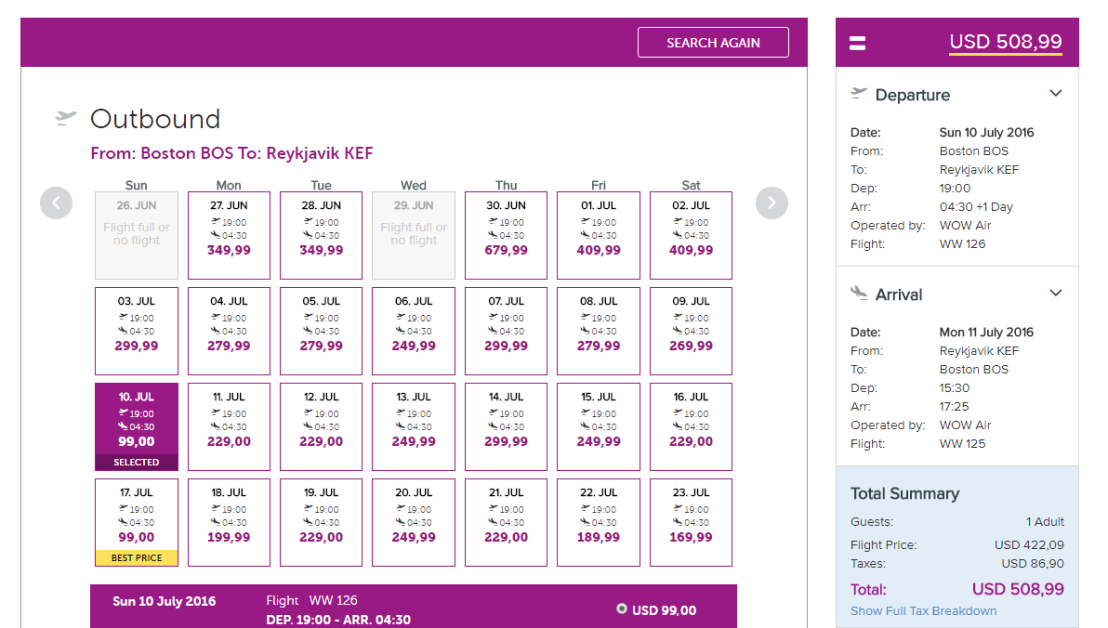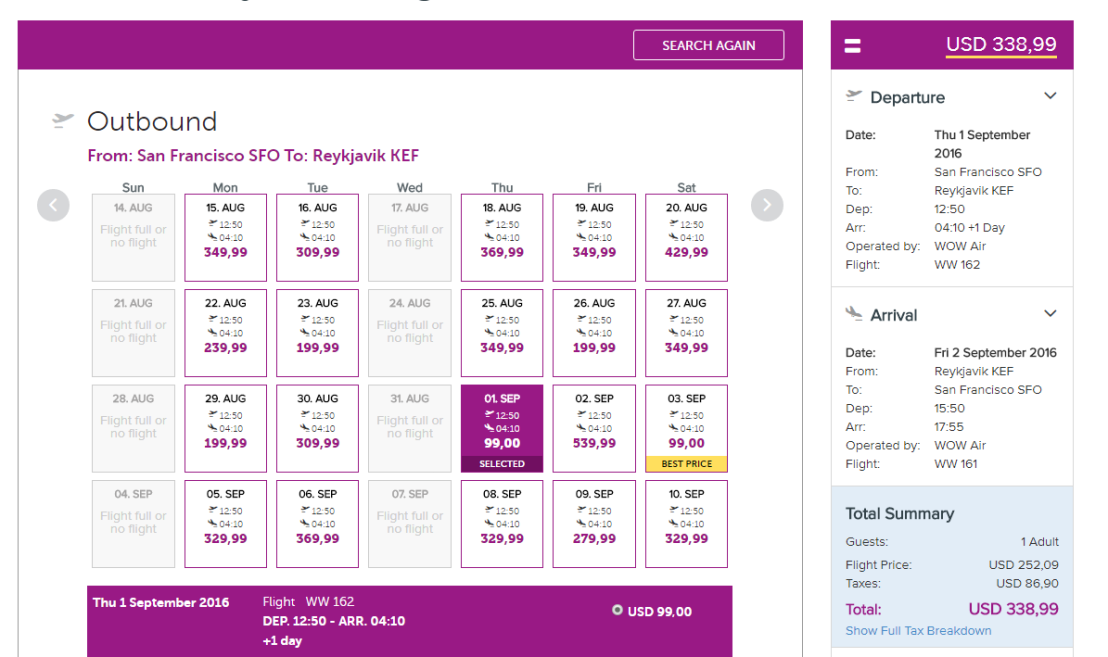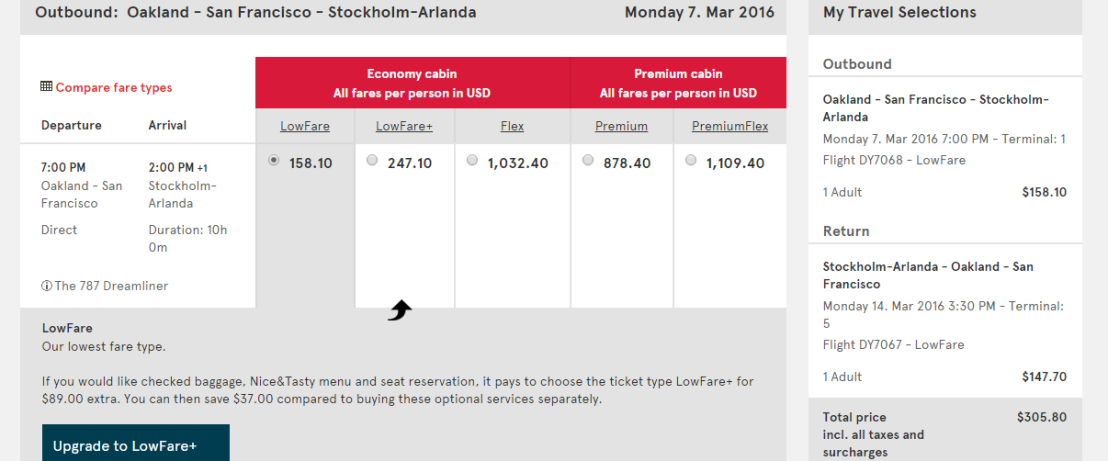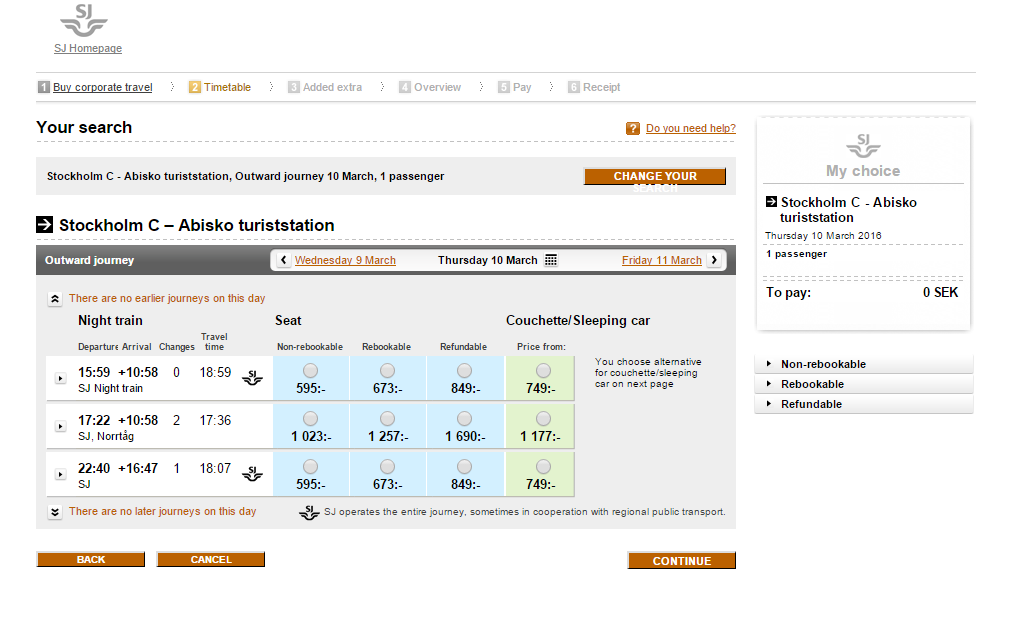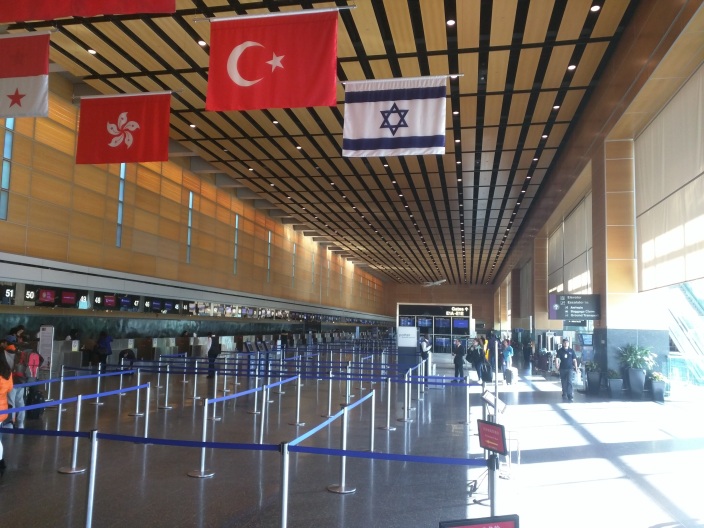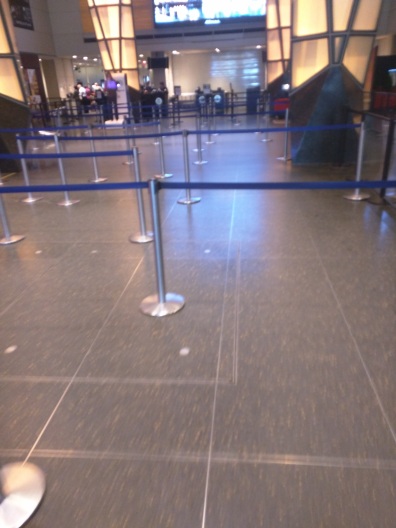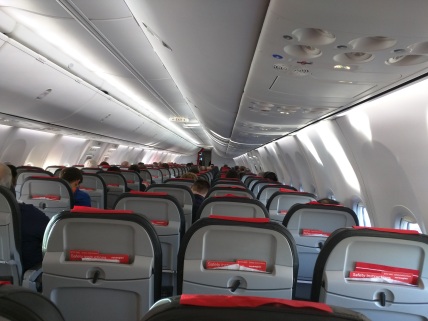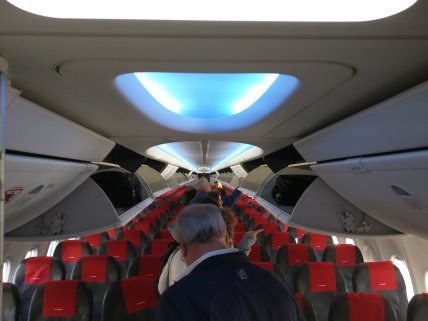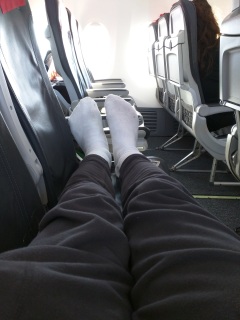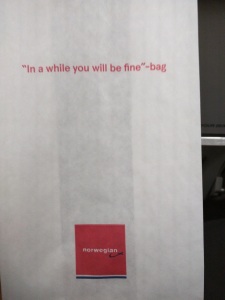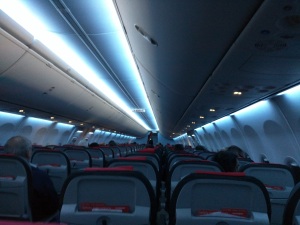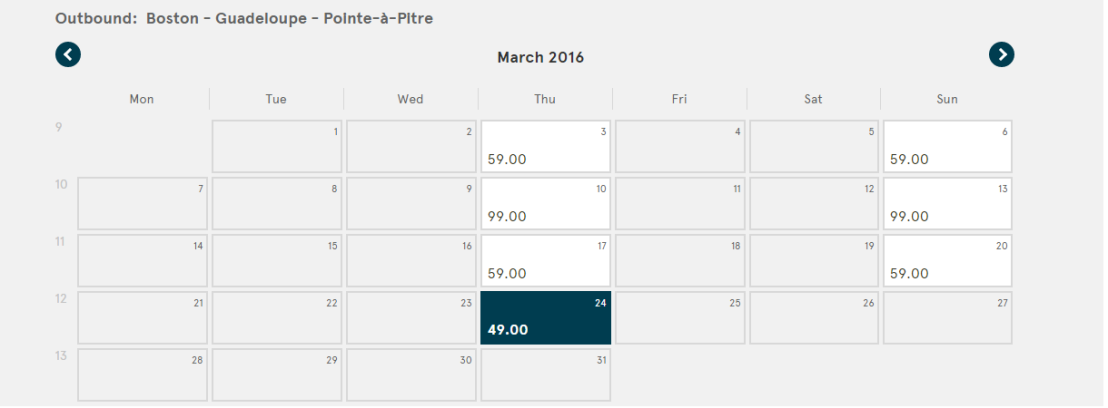While I tend to book most of my flights by redeeming frequent flyer miles for awards, occasionally there are times when it makes more sense to pay for your flight (this is especially true if you don’t have enough miles to redeem)! The following is a run-down of the approximate process I use when I’m looking for a cheap flight:
1. ITA Matrix
Contrary to popular belief, the best flight search engine is NOT Kayak, Google Flights, Skyscanner, or some other site your friend may have told you about. Rather, it’s a relatively unknown (outside of the industry) site called ITA Matrix. Even if you’ve never heard of it, you’ve probably unknowingly used it before, as its algorithms power KAYAK and a variety of other flight search engines (including several used by airlines themselves).
So why haven’t you heard of it? Well, in addition to its very bare-bones layout and lack of advertising, you can’t actually book flights through it. That’s right, it will tell you the cheapest flight that exists for your itinerary, but all this means is that somewhere out on the internet, your flight exists at that price. It won’t tell you where. Obviously, if you can match this price on a competing site, you can just book it there. If not, you then need to use the routing codes that ITA Matrix gives you, and thenbook that flight on a site through which you can book flights, such as Hipmunk. This is a good explanation of how to do so.
Of course, the Hipmunk method isn’t guaranteed to match ITA Matrix’s price, but generally will come very, very, close. As you might notice though, more often than not, the difference between ITA Matrix’s price and conventional flight search engines is not too significant, so this is really only something for hardcore, budget-minded travelers who don’t mind the extra hassle of inputting routing codes into another site. (ITA Matrix is also very useful for extremely complex/customized itineraries such as booking certain airlines, stopovers, or fare classes, but that’s beyond the scope of this post). If you’re looking for a simpler, flight search engine that you can book through, Google Flights is probably your best bet (for what it’s worth, Google owns ITA, though that doesn’t mean the results are identical).
However, sometimes the savings can be significant. While I can’t imagine one-way flights from Moscow to Tulsa are in high demand, if I were to price this itinerary on KAYAK, it tells me that the cheapest flight is $1,346!
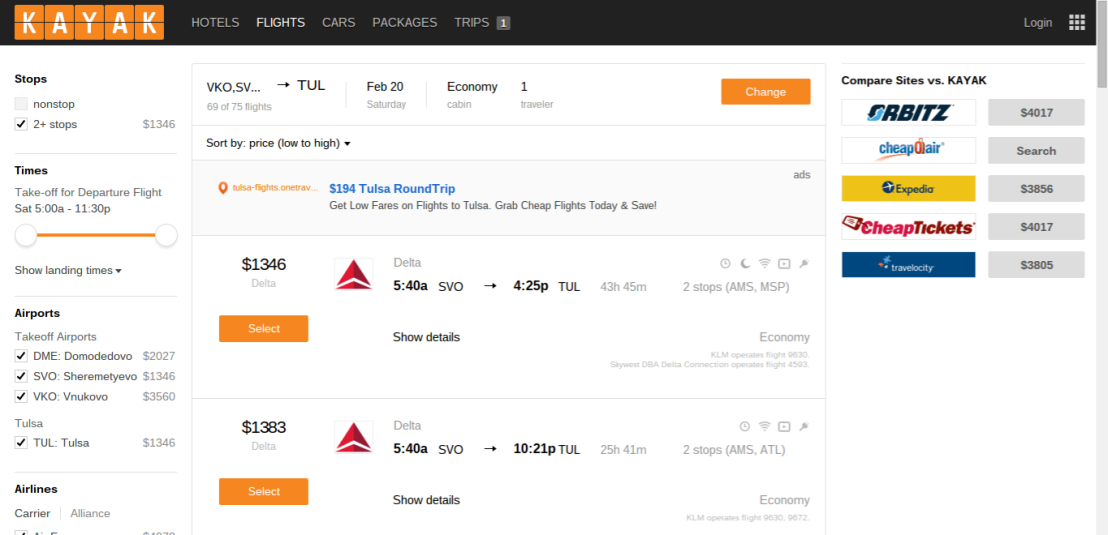
If I search for it on ITA Matrix, I can book a flight for just $668, less than half of what I found on KAYAK: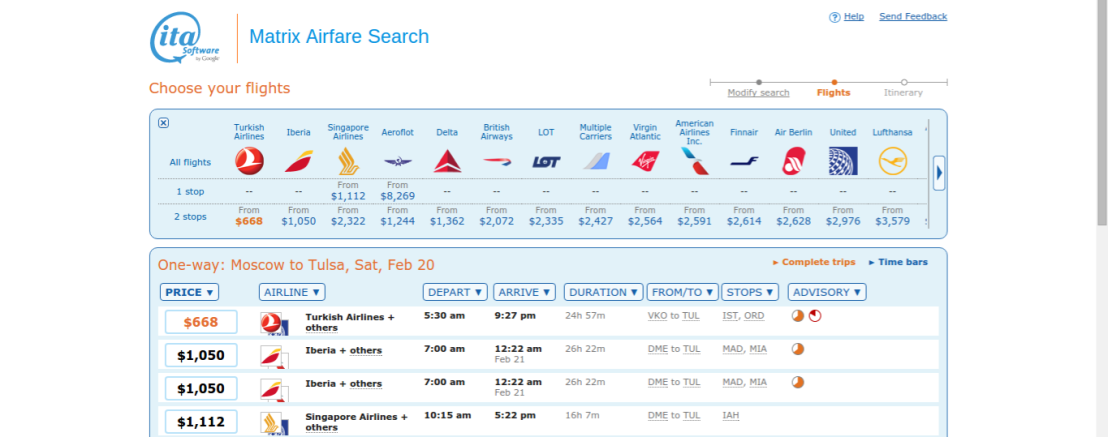
That being said, ITA Matrix has gone downhill slightly in quality over the past few years, and while it’s still my primary go-to, it’s not perfect, and I would still recommend double-checking other sites. I have yet to figure out in which scenarios ITA Matrix yields the biggest savings (on my first try last year looking for a one-way flight from San Francisco to Boston, it yielded a savings of $100, but it took me 15 minutes to find a good example to use above, as KAYAK was matching ITA Matrix on all of my previous searches).
Also, I think it goes without saying, but always include nearby airports in your search if you have a way to get between them and your desired city. And while following the instructions above will usually result in you making the final booking at the airline’s website anyway, it’s always good to book directly with the airline than a third-party site if you have the choice.
2. Southwest
This is only useful if you’re searching domestic flights within the US (or as of very recently, international flights between the US and the Caribbean). But if you are searching for the cheapeast price on one of these flights, then you should absolutely not book anything until you’ve checked for it on Southwest.com. Why? Well, every time a flight is booked through a third-party site (such as KAYAK), that site receives a commission from the airline (which cuts into the revenue the airline receives from that fare). Unlike just about every other airline out there, Southwest has decided that the cost of the commission they would have to pay outweighs the benefits of being listed on flight search engines, so they have made it so you can only book their flights on their web site. Whether this makes financial sense is a decision that Southwest has obviously considered very carefully, but they’re obviously doing something right, as they continue to be the largest low-cost carrier (LCC) in the world. While this isn’t always true, Southwest tends to be cheapest when booking non-stop flights and very far ahead in advance.
For example, if I wanted to fly from Boston to Baltimore (a major Southwest focus city), the cheapest result that ITA Matrix displays is $182 on American Airlines, and it’s not even nonstop (for which I’d have to fork out almost $100 more for JetBlue).
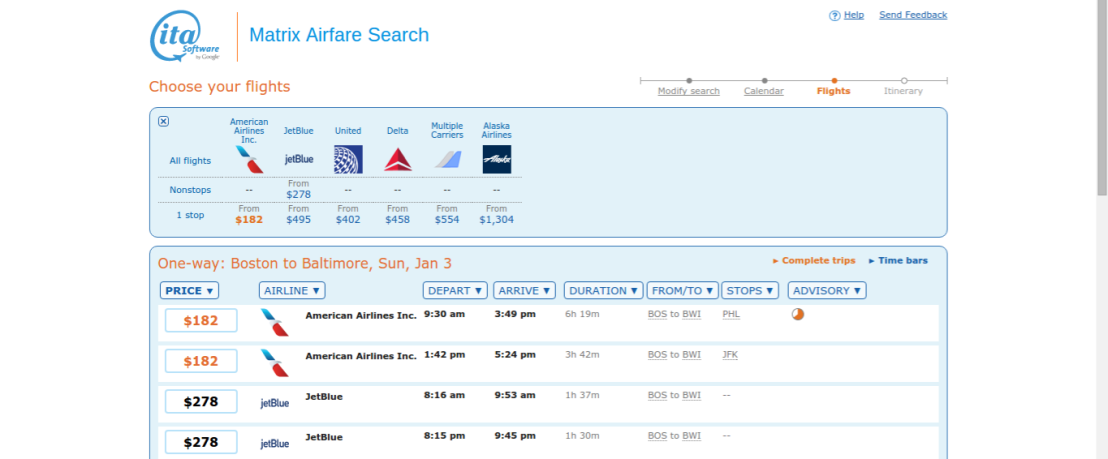
Southwest, on the other hand, offers nonstop service for $169:
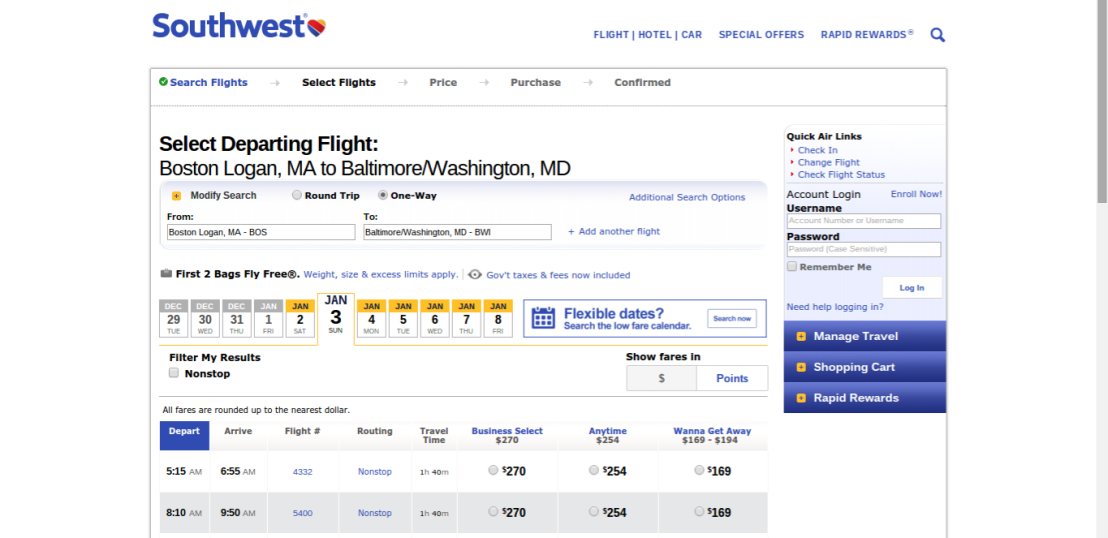
One of the downside’s to Southwest’s site however is that you can not choose to include nearby airports in your search; you may only search for one airport at a time.
3. Booking in a Foreign Currency
Given that the US dollar continues to be incredibly strong against just about every other currency in the world, it’s often a good idea to check the price of your flight on an airline’s site in different currencies. Quite often, the ratio of different currencies available on an airline’s site tends to not reflect that currency’s most recent value versus the dollar.
By choosing to book my round-trip flight last year from Oakland to Stockholm on Norwegian in Swedish Kroner (SEK) instead of USD, I saved almost $100, as it came out to $407. Yes, it requires a little bit of effort to continuously re-search in every currency (which sometimes means switching languages/country) and look up that currency’s current exchange rate with the dollar, but more often than not, it’s worth the extra savings.
For example, if I were going to make another trip back to Sweden to see the Northern Lights again (an experience I cannot recommend highly enough), looking at one-way flights from Oakland to Stockholm yields significantly cheaper results when booking in Swedish Kroner (1559 SEK=$184.29):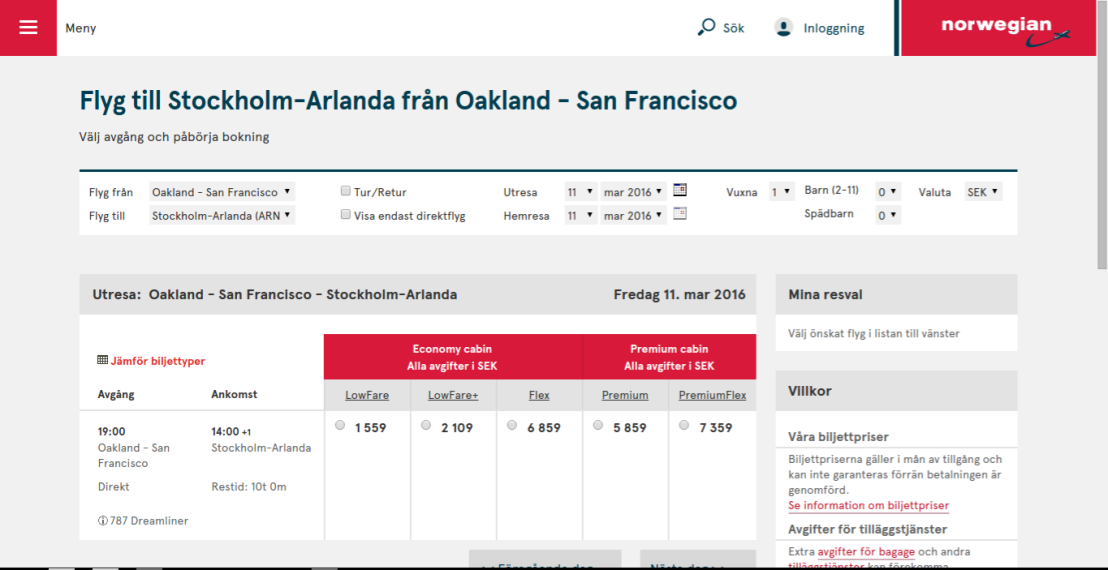
than in USD:
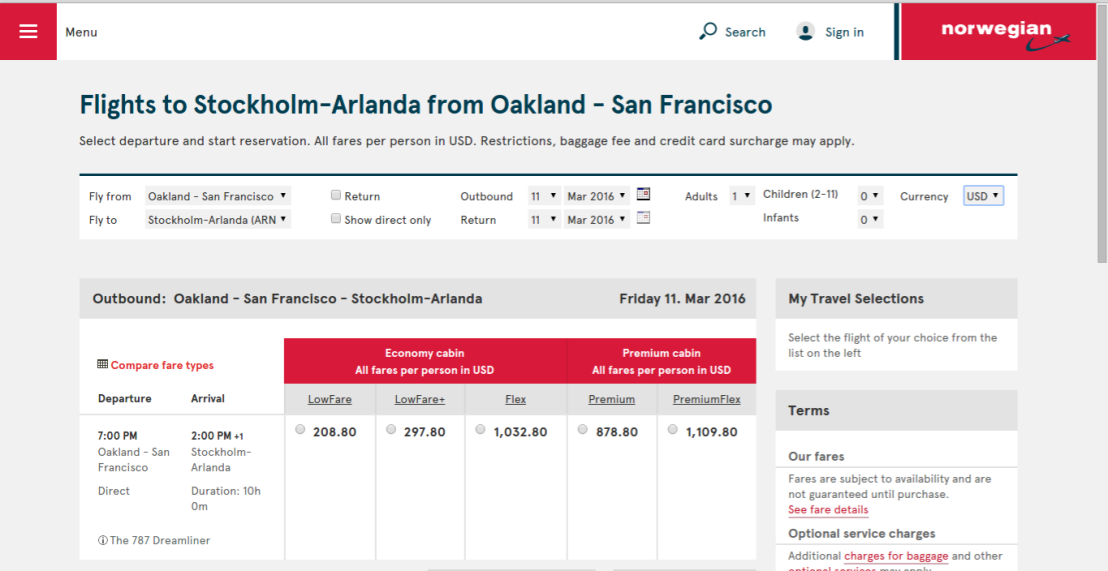
It’s also important to note that the cheapest currency often may not be the currency of either country; right now the cheapest flights on WOW Air between Boston and Reykjavik are in Canadian dollars. Similar results can also sometimes be achieved by tricking the website to make it think you’re booking from a different country than you are (often the foreign country you are flying to/from).
4. Piece it together yourself (or use a site that will do this for you)
Airfare search engines generally will not piece together flights on airlines that do not partner with each other (i.e. itineraries that require you to book two separate tickets). Therefore, searching for the individual legs yourself can be particularly useful as a way of saving money, especially when budget airlines are involved. It also may require having some advance knowledge of budget airlines, however.
For example, if I look for a flight from San Francisco to Guadeloupe on ITA Matrix, it will give me a routing that costs almost $500 and requires me to spend nearly 24 hours traveling (though to be fair, there are worse places than Montreal for an overnight layover):
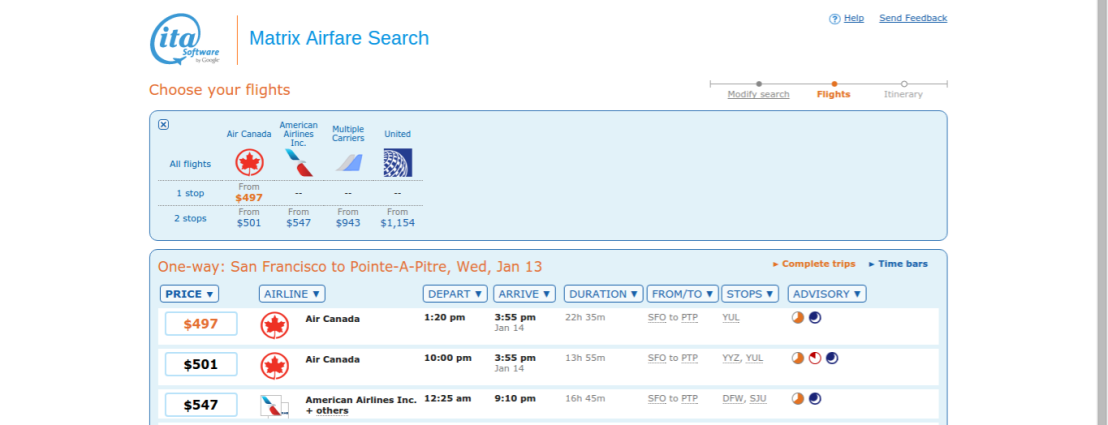
However, if I already know that Norwegian offers super cheap flights from Boston to Guadeloupe, I can first book a flight from SF to Boston for $161 on American Airlines: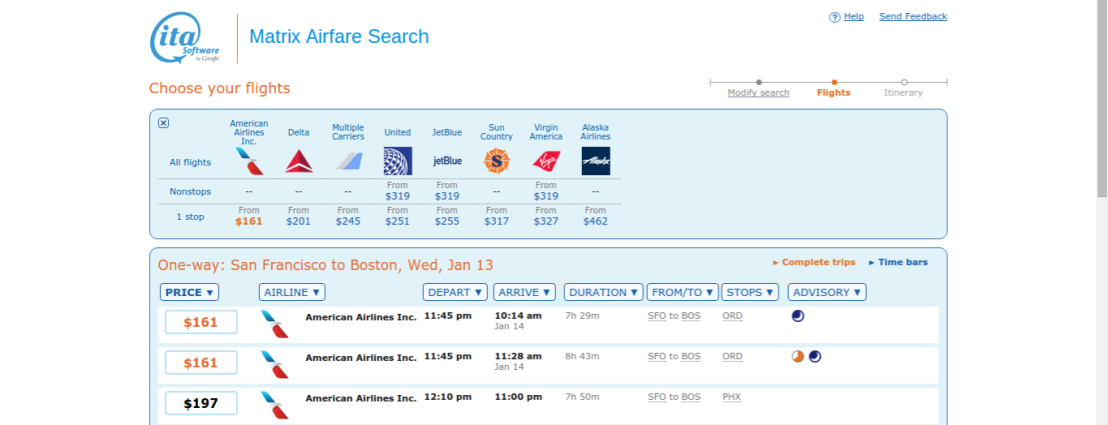
and then book a separate flight for $69 on Norwegian: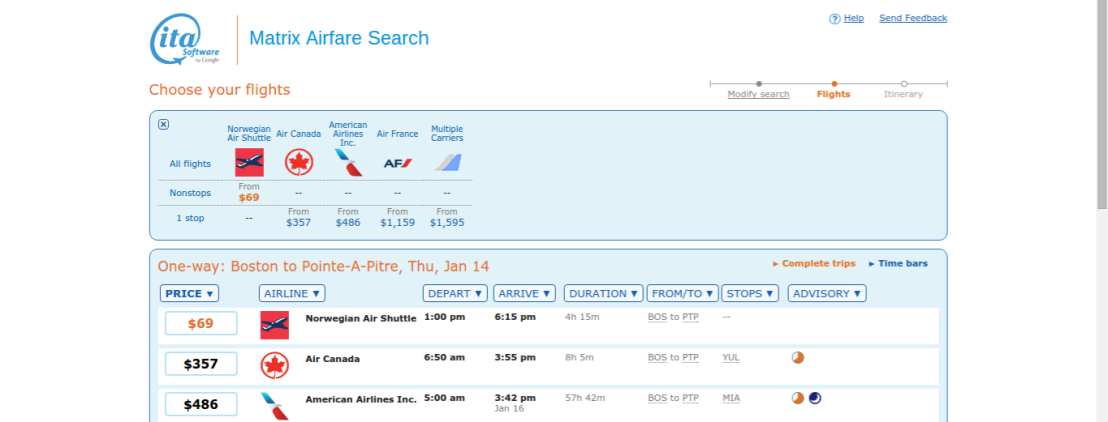
which reduces the total travel time, and also brings the final cost to $230.
A word of caution on this method, though: If you book two separate flights on two different airlines, you run the risk that your first flight may be cancelled or delayed at the last minute, which may cause you to miss your second flight. That is to say, if my American flight into Boston is delayed by several hours (or cancelled), I’ll miss my Norwegian flight to Guadeloupe (assuming it leaves on time), and given that this flight only departs once every few days, I’d pretty much have to cancel my trip (or pay a cancellation fee for the new flight Norwegian books me on, and book a very expensive same-day flight on another airline). However, if I booked the above itinerary on Air Canada and my flight into Montreal was late, they would most likely make an effort to get me to the gate as soon as possible after I got off the plane, and even hold the flight if necessary (and if not, get me on the next flight to Guadeloupe). And if that first flight were cancelled, they would rebook me on new itinerary to get me to Guadeloupe.
It’s also important to remember that you will need to claim and re-check your bags between flights.
As I mentioned earlier, this method will really only be useful if you have an advance knowledge of routes with cheap fares available. One way to do this is to look at what budget airlines fly out of your target destination’s airport, pick whichever route flies the closest to your city of origin, and then find a separate flight between that city and your city of origin.
But as I mentioned earlier, while this method can often yield significant savings, make sure to allow a very large buffer zone for your layover.
4a. Use an airfare search engine that pieces together flights from different carriers (EDIT: Skypicker has since rebranded as kiwi.com, with the same capabilities)
Just as I was getting ready to publish this post, I learned about Skypicker, which is essentially a search engine that does all the work in #5 for you. I’m a little hesitant to write too much about it as I have yet to use it to book a flight, and it has received mixed reviews, but its basic premise is that it pieces together flights on non-partnering airlines that a traditional airfare search engine would not find, as I detailed in #4. There are also several competitors springing up, though Skypicker seems to be the best one.
It’s also very much aware of the concern I expressed in #4 of the dangers of missing your flight, which is why it has a guarantee of re-booking and refunding you any out-of-pocket costs if your first flight is cancelled or delayed to the point that it affects your routing. So far, it seems like they are intent on following through with this guarantee, as they recently paid customers more than 100,000 Euros after low-cost European carrier Ryanair permanently cancelled one of their scheduled routes, which affected almost 400 passengers.
I gave it a try for some routes and was overall impressed at how well it pieced together different carriers. For example, if I wanted to fly from Buffalo to Reykjavik,a search on ITA Matrix would tell me that the cheapest flight is a whopping $720, flying JetBlue to JFK, and then Icelandair (who codeshares with JetBlue) to Reykjavik.
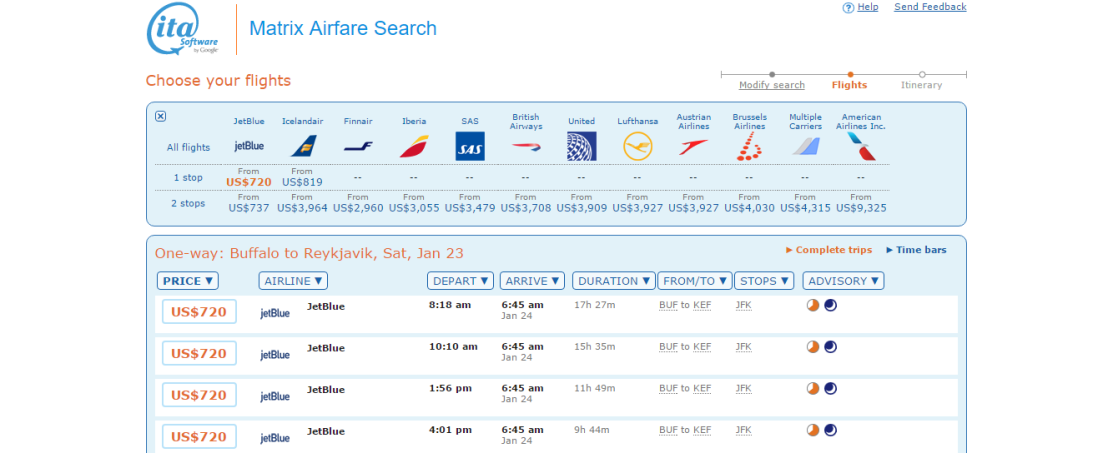
Searching for the same itinerary on Skypicker yields a savings of $300, also first taking JetBlue to JFK, but then flying WOW air to Reykjavik.
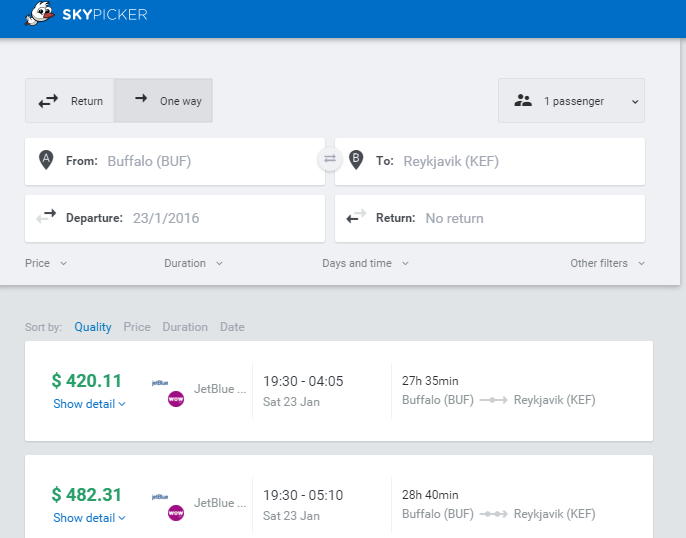
Why? Well, WOW air, a budget carrier, generally offers cheaper fares than Icelandair. But unlike Icelandair, WOW air does not have any other airline partners. Therefore, you’re not going to see results from WOW air on any traditional airfare search engine unless they fly out of both your origin and destination cities.
That being said, it still looks like Skypicker is getting some kinks worked out, as I wasn’t able to get it to replicate the San Francisco to Guadeloupe flight I detailed above. There are also more restrictions on change/cancellation policies on tickets booked through them (as well as reports of poor customer service), so for now, it might be better to use them solely as another method of searching for the cheapest airfare, rather than a site to book your itinerary through, despite the guarantee.
5. Hidden-city ticketing
First, let me say that I do NOT endorse this method of saving money on flights. It is expressly prohibited by all airlines. However, as this is a site about saving money on travel, I do feel obligated to mention it.
While in an ideal world, airline prices would be determined by things like distance and fuel, more often than not, they are based on demand between two cities, which is why a shorter flight between two popular cities may cost more than going from one popular city, connecting in another popular city, and then going on to a less popular city. If you get off at your connection and intentionally skip your next flight, then you’ve managed to get to your intended city for a lot cheaper than it would have been if you booked a nonstop flight.
However, there are a few issues with this (in order of severity):
- Airlines are only obligated to get you from your initial destination to your final destination. Therefore, if I saved $200 on my flight to Boston to San Francisco by booking a flight from Boston to Vancouver connecting in San Francisco (see image below), if my first flight to San Francisco is cancelled, then United has every right to instead re-book me to Vancouver on a flight connecting in Chicago (or somewhere else). In other words, be prepared to end up in your actual final city (not that I don’t like Vancouver, it’s one of my favorite cities), or to pay huge cancellation/re-booking fees.
- Every airline expressly prohibits it in their contract of carriage, and can take punitive measures against you for doing so. In particular, if you’re on a round trip ticket and you ditch the last flight on the first half of the ticket, they can cancel the second half. Furthermore, they can also take away all your frequent flyer miles if they catch you (and at the minimum, you won’t earn any frequent flyer miles for the trip if you don’t complete it). In other words, if you’re going to do it, book it as a one-way flight and don’t enter your frequent flyer number.
- You can’t check any bags (as they will end up in your final city).
How much do airlines hate this? Recently, an enterprising young software engineer named Aktarer Zaman created a site, Skiplagged, which specifically looks for hidden-city discounts, only to be sued by United and Orbitz for loss of revenue (Orbitz settled, while United’s claim was thrown out but only on a procedural matter). Of course, as often happens in these situations, it was a classic example of the Streisand effect, as Zaman’s site ended up getting an enormous amount of publicity from the lawsuit (I personally had not previously heard of it), which likely resulted in more bookings that denied revenue to airlines.
Again, though, as I said earlier, I only recommend this for very extreme, high-risk budget travelers. However, it certainly can save money:

6. Wait for a deal
There are some sites out there that are solely dedicated to finding good flight deals and sharing them with the rest of the internet. In particular, I like The Flight Deal, which recently shared an amazing deal for roundtrip service to Shanghai for $525. However, this is a very popular site, and deals can often be gone within hours of posts going up. If you’re looking for something more specific, KAYAK will allow you to set alerts to let you know when a fare between two cities drops below (or increases above) a certain level.
There are also a fair number of sites out there that attempt to predict the best time to buy airfare, the likelihood of it going up/down, etc., but so far, I haven’t found any reliable enough to recommend. The excellent data journalism blog FiveThirtyEight took a more advanced look at airfare prediction software and concluded while there’s often no harm in looking into these types of software, the benefits are not (yet) significant. While you may occasionally come across an amazing last-minute deal, a general rule of thumb is to book earlier than later.
7. Ask me
While I can’t promise that I will continue to offer this service for free (especially if this site starts to take off), feel free to shoot me an e-mail if you’re still not having luck using everything detailed above.
Like this:
Like Loading...



